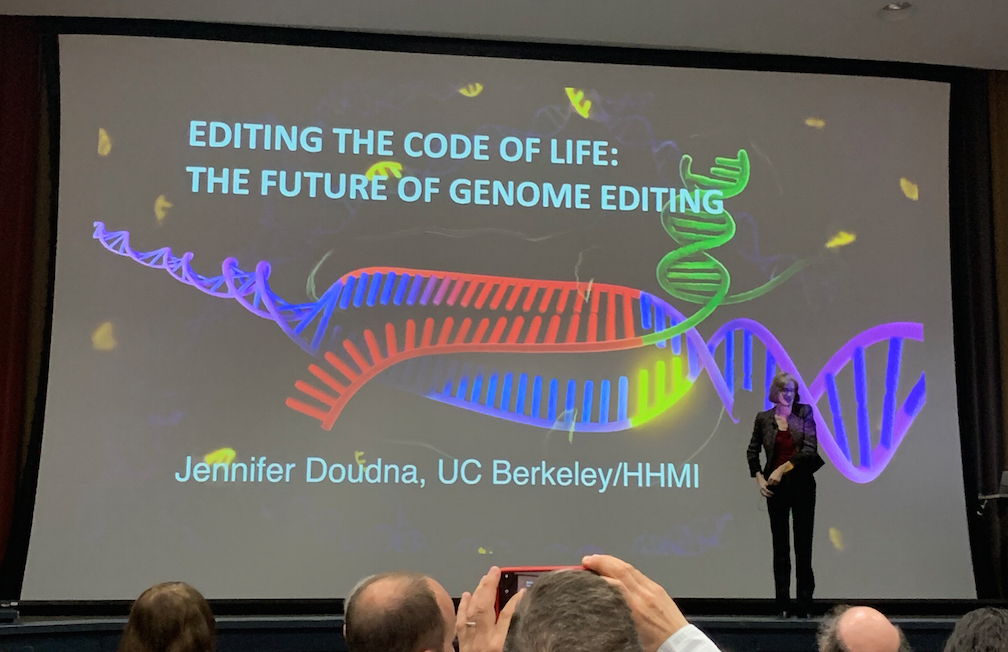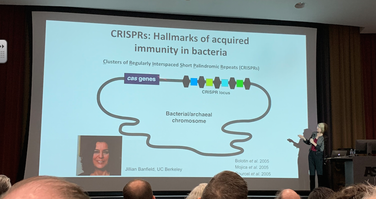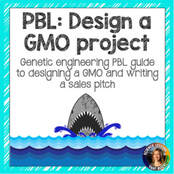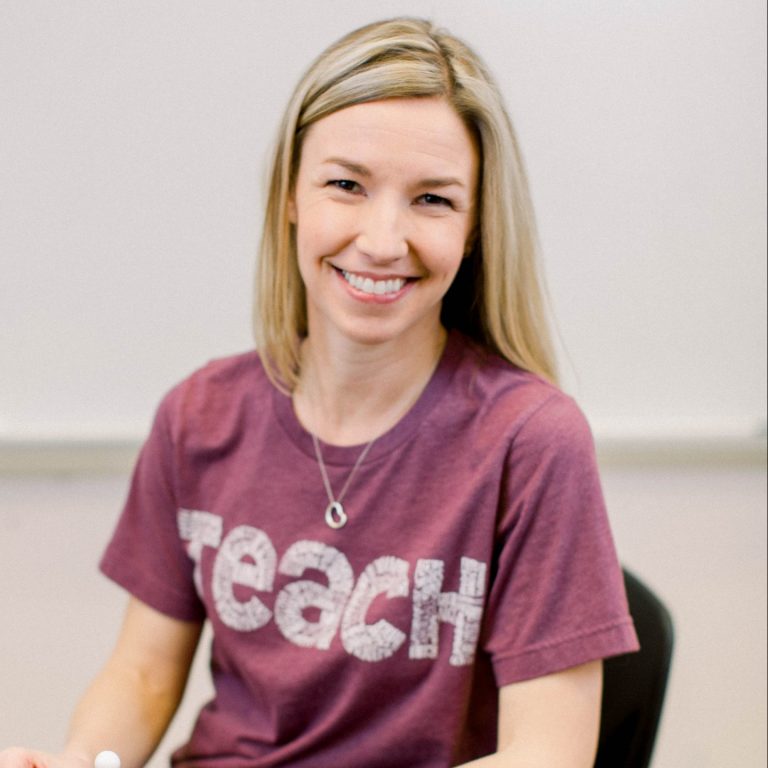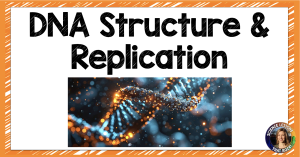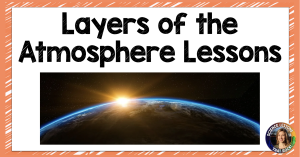Some people are terrified of the phrase “Genetically modified organism,” yet they are literally everywhere. Roughly 75% of the foods in grocery stores have been genetically modified in some way. While creating a GMO used to be a long time consuming process, the development of CRISPR technology has made the process much faster and cheaper. As CRISPR technology becomes more refined, GMOs are going to become more common, not less, and we need to teach students about them.
I recently was able to attend a seminar talk at Arizona State University by Jennifer Doudna, who helped develop CRISPR technology. If you aren’t familiar with how CRISPR works, here’s the gist:
- Cas-9 is an enzyme that is able to cut DNA at specific locations. When DNA is cut, repair enzymes come in to repair the broken DNA. When the repair happens, a new segment of DNA can be inserted into the severed location.
- Scientists can locate DNA genes in the genome that they want to edit. By attaching a complementary RNA guide to the Cas-9, the enzyme will locate the gene of interest and either delete it or edit it by adding a new segment of DNA (see video clip below).
- This technology opens the door to many cool possibilities such as eliminating disease, enhancing crop yields, and even modifying farm animal organs to make them more “human-like” for better transplant opportunities.
- One of the most exciting things Doudna mentioned was using CRISPR for point of care diagnostics. As of now, if you want to be tested for specific genes you carry it can cost thousands of dollars. With CRISPR technology, they can easily and inexpensively look for a specific gene and use a florescent tag to identify it. So awesome!
- Unfortunately, CRISPR opens the door to some ethical issues. Should we be allowed to modify the human genome? Is it okay to design our own babies? Should we only be allowed to modify somatic cells and not gametic cells? Should there be a committee approving these decisions? Since this is a relatively new technology, there aren’t current regulations set in place. Even though Doudna and other scientists have urged people to not use CRISPR on reproductive cells, a scientist in China went ahead and modified human DNA in 2018. You can read more about it here.
- Some things we still don’t know:
- Scientists still don’t know the long term reliability of CRISPR.
- CRISPR works for single gene traits, but what about polygenic traits?
- If we use CRISPR to try and eliminate a disease in somatic cells, will it still be successful or will it only be effective on gametic cells?
There are definitely still unanswered questions and perfecting that needs to happen before CRISPR becomes commonplace.
1. The website Unlocking Life’s Code has a good overview of CRISPR and links to additional resources. You can check it out HERE.
2. This interactive from PBS shows students how GMOs can be made (this is not via CRISPR). I like that it is simple and easy to use. You can view the interactive HERE. (NOTE: This is currently an HTML since the flash interactive is no longer available). HHMI has an interactive site showing how CRISPR works you can view HERE.
3. This New York Times article has a student reading and questions, along with a ton of helpful links to get you started with GMOs. You can find it here.
4. Want to try some GMO speed dating with your students? In this activity, students are given an organism card (they are either a donor or a recipient) and go on “speed dates” with other organisms and determine if they have any genes that would be beneficial in sharing. You can find the lesson HERE. Note: Having done this activity with students, I would recommend it for honors/AP students.
5. If you haven’t seen the University of Buffalo’s case studies, you need to check them out. They have a TON of great resources for free (you can pay an annual fee for the answer keys, but usually aren’t necessary). I have done the golden rice debate with my students and it always works well.
7. I had my students read this article from Nature and we held a Socratic seminar. The article examines if we should be able to edit our children’s genes. It was interesting to hear my student’s viewpoints on the topic (the majority were firmly against any sort of gametic gene editing).
8. The University of Washington has a lesson on GM salmon that includes 4 different stakeholders for them to read about. You can check out the lesson HERE.
10. If you have time to show a documentary, Food Evolution narrated by Neil deGrasse Tyson is a great option that explores GM foods. While every documentary has a little bias, this has much less bias than Food Inc. and a better option. You can view the trailer here.
As I find more resources I will add them to the list. If you have any additional favorites, leave them in the comments!


